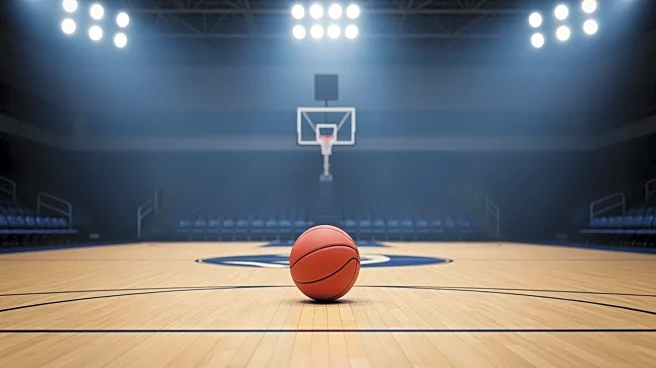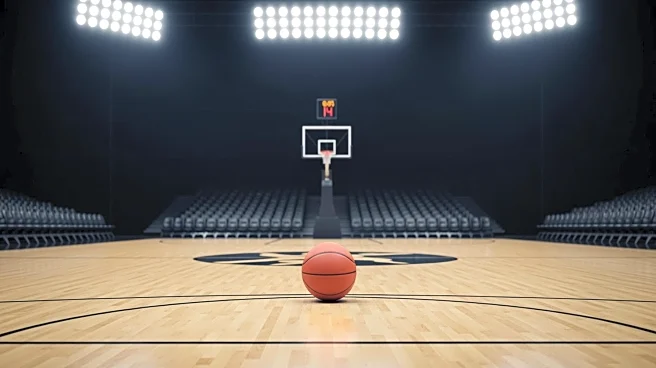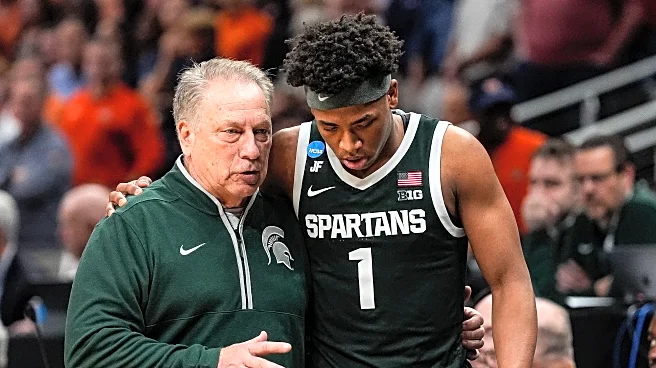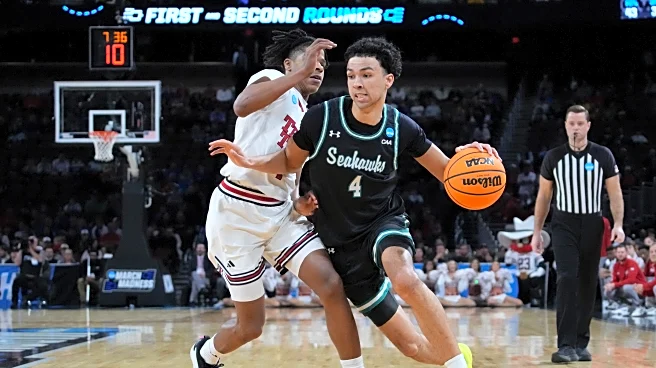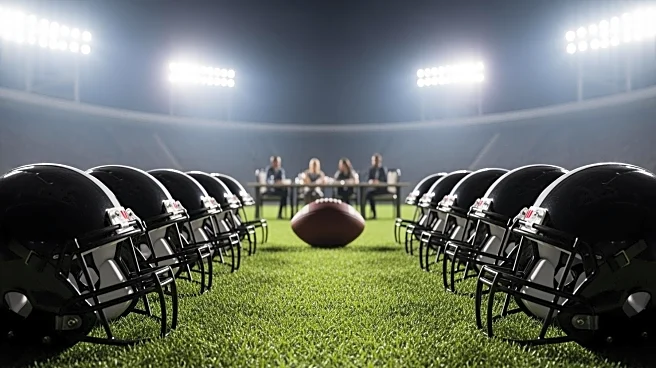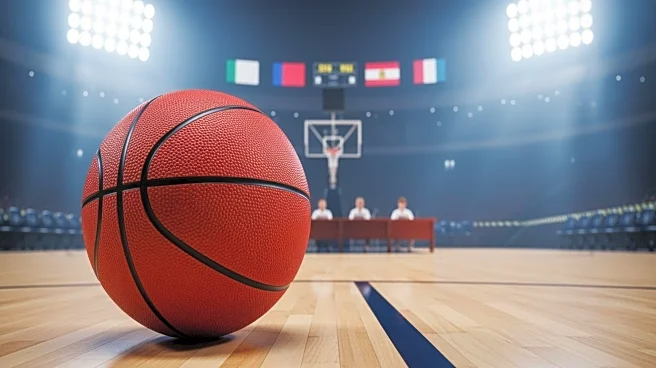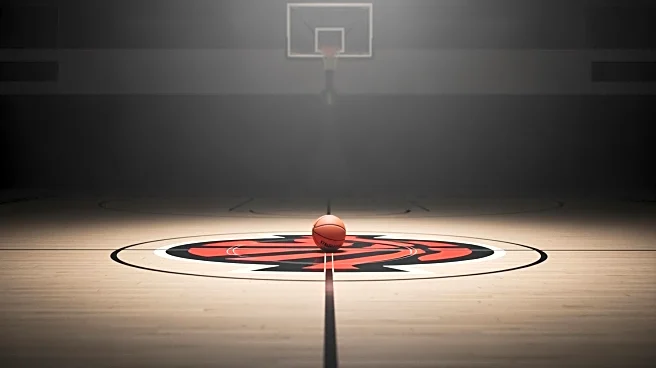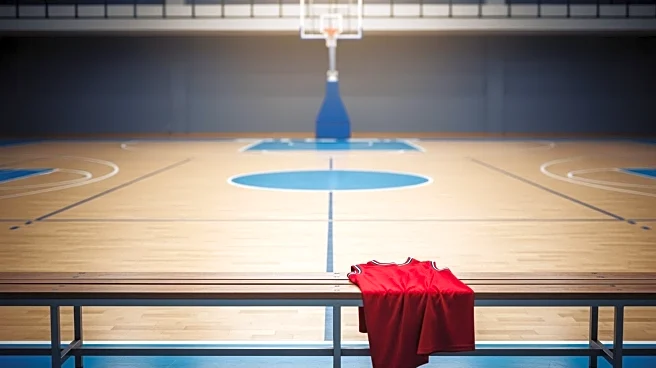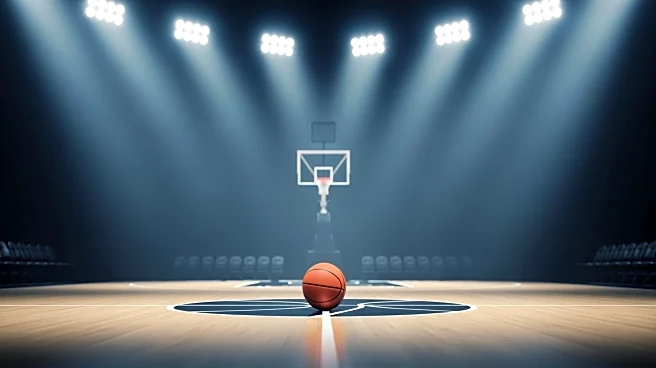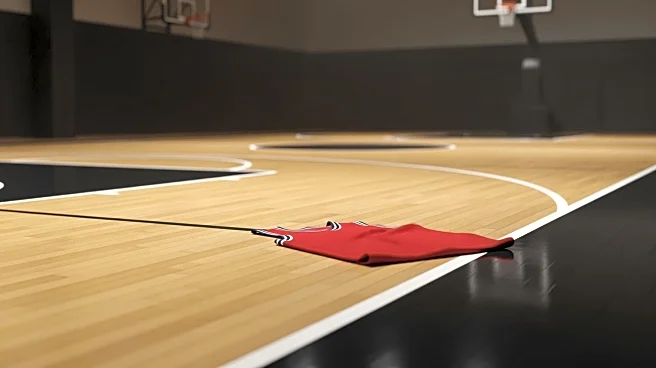What's Happening?
Michigan State coach Tom Izzo has voiced strong criticism against the NCAA's decision to allow former G League players to join Division I college basketball teams. This comes after London Johnson, a former G League player,
committed to Louisville, and Thierry Darlan committed to Santa Clara. These moves challenge the NCAA's traditional amateurism rules, which previously barred players who had competed professionally from participating in college sports. Izzo expressed frustration over the lack of communication from NCAA decision-makers and the potential impact on high school seniors who might lose opportunities to G League players with professional experience.
Why It's Important?
The NCAA's decision to allow former G League players into college basketball could significantly alter the landscape of college sports. This move blurs the line between amateur and professional status, potentially creating a new talent pipeline from the G League to college teams. It raises concerns about fairness and the future of high school athletes who may face increased competition for college spots. The decision also highlights the NCAA's struggle to adapt to the evolving sports environment, where name, image, and likeness rights have already introduced complexities.
What's Next?
The NCAA may need to reassess its eligibility rules and consider the broader implications of allowing professional players into college sports. Stakeholders, including college coaches, athletes, and administrators, might push for clearer guidelines to ensure fairness and transparency. The decision could prompt further discussions about the role of professional experience in college athletics and the potential need for new regulations to address these challenges.
Beyond the Headlines
This development could lead to ethical and cultural shifts in college sports, as the traditional amateur model is increasingly challenged. The NCAA's decisions may set precedents for other sports and leagues, influencing how amateurism is defined and regulated. The situation underscores the need for a balance between maintaining competitive integrity and adapting to modern sports dynamics.
